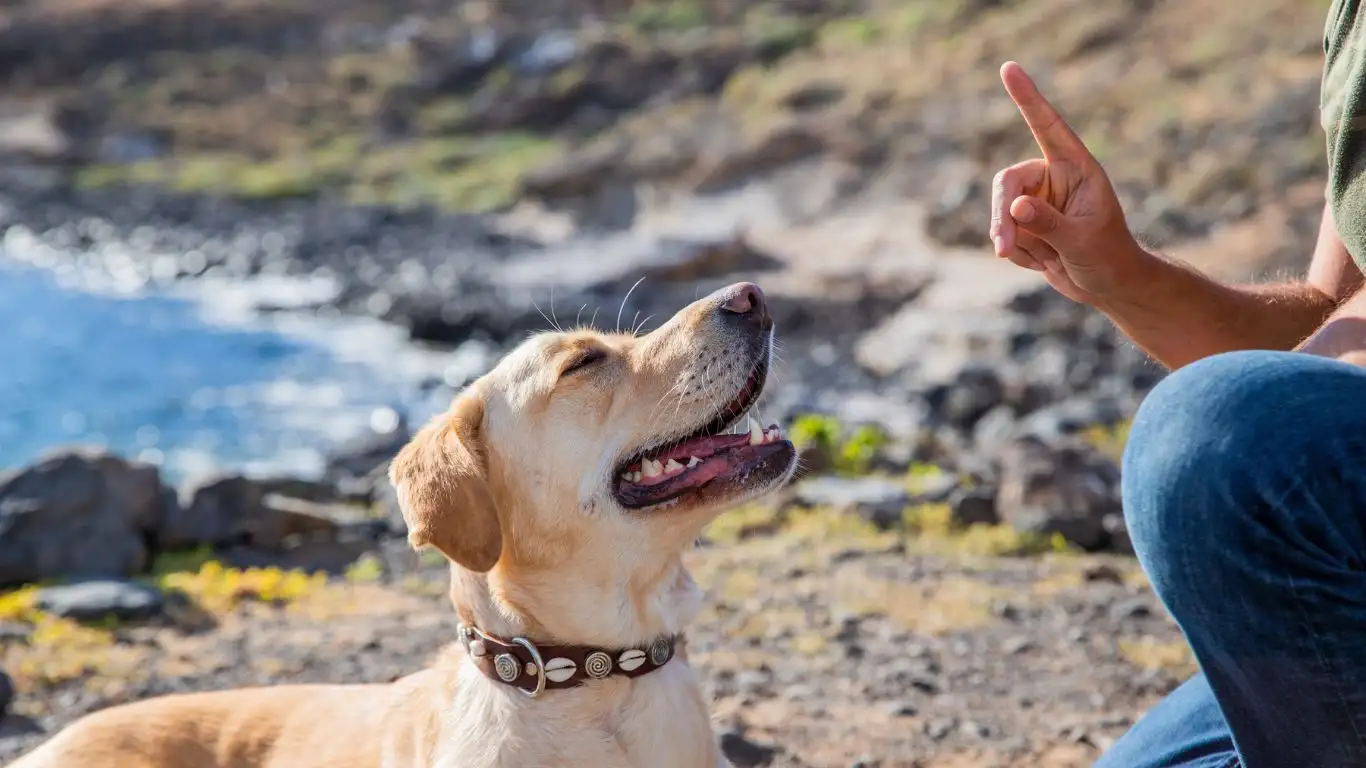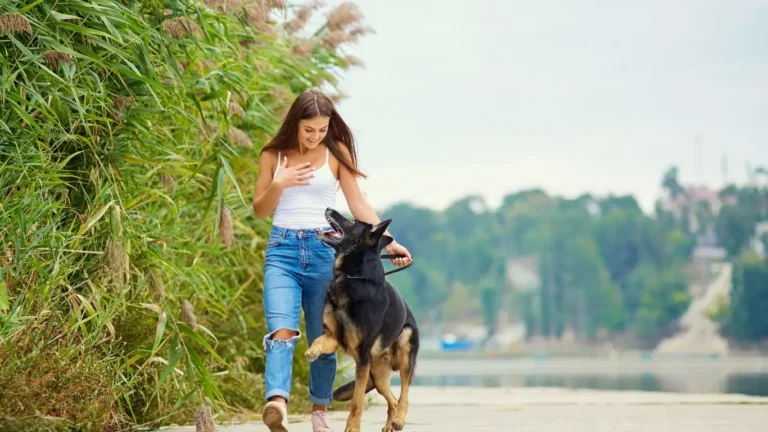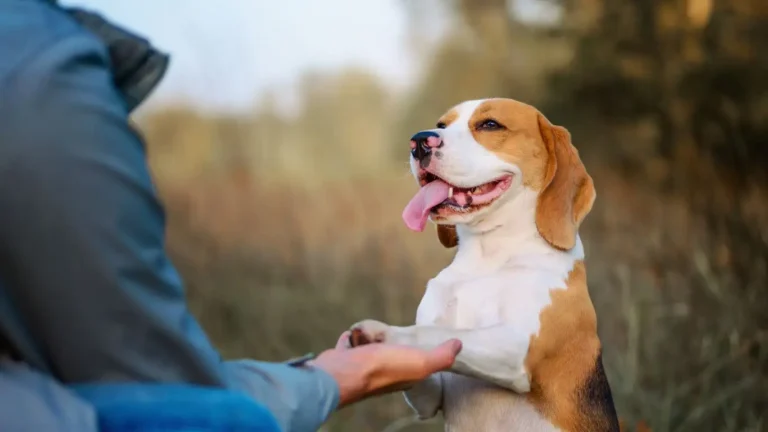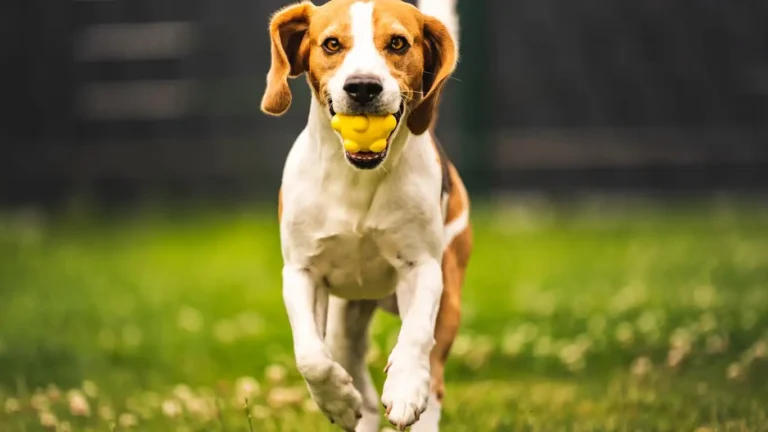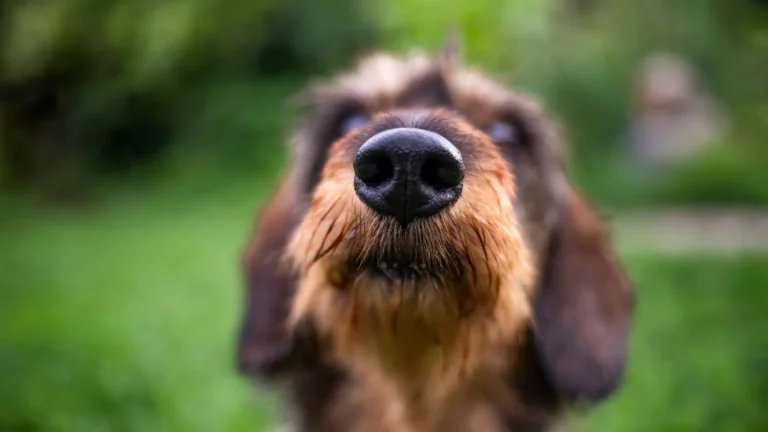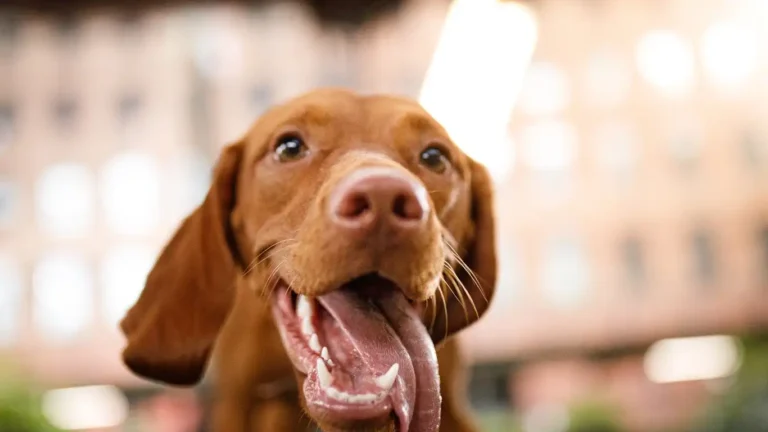How to Train a Dog to Wait for a Release Command: Proven Techniques
Training your dog to wait for a release command is one of the most important skills you can teach them. It not only helps with impulse control but also ensures safety in various situations. Whether you’re a seasoned dog trainer or a dog parent just starting out, this is a command that will come in handy for many situations—from mealtime to walking on a leash and even in busy environments. In this post, I’ll walk you through some tried-and-true techniques on how to train a dog to wait for a release command, blending a little bit of my personal experience as a Canine-Assisted Therapy Trainer to make it even more practical. Let’s dive into it!
Understanding the Importance of the Release Command
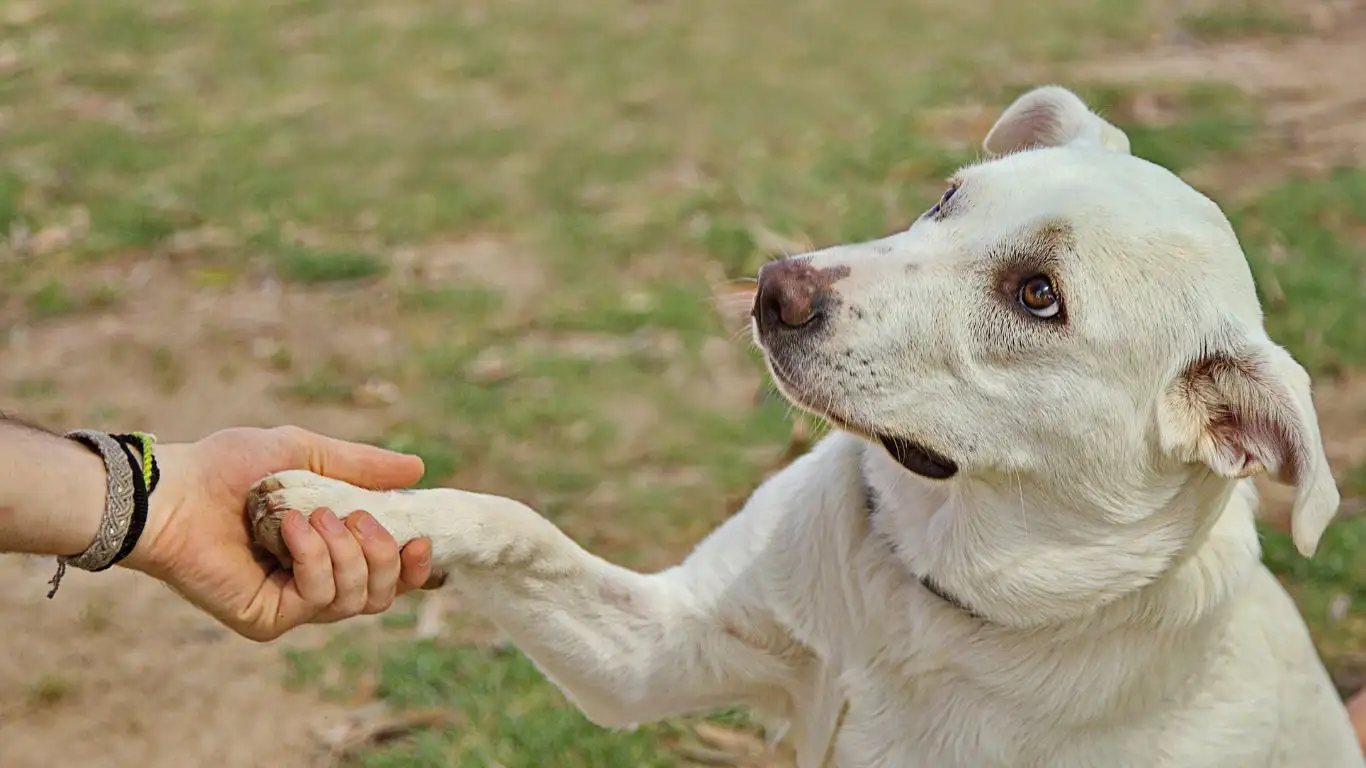
The release command is essential for teaching your dog self-control. It serves as a clear cue that your dog should *pause* and *wait* for further instructions—whether it’s to eat, play, or move from a specific spot. In my experience, many people skip teaching this command, assuming their dog will just “know” when it’s okay to break a sit or stay. But here’s the thing: dogs don’t have the same understanding of time as we do. Without a specific cue, they often break their position prematurely, which can lead to confusion or frustration for both the dog and the handler.
As a Canine-Assisted Therapy Trainer, I’ve seen the profound impact that mastering the release command can have, not just in training but in day-to-day situations. It builds mutual trust between you and your dog. Think about it: when your dog knows they can trust you to give them a release command, it makes all the difference in situations where they need to stay put for their own safety. For example, while crossing a busy street, waiting patiently at the vet, or during a training session. You’re offering your dog clarity and structure in the world around them, which helps them feel more secure and focused.
What Does the Release Command Look Like?
Before we get into the nitty-gritty of how to train a dog to wait for a release command, let’s take a moment to define exactly what this command looks like. The release command is essentially the signal that your dog can stop waiting, sit, or move—whichever behavior you have been asking for them to hold. Commonly used release cues include phrases like “Okay,” “Free,” or “Release.” The important thing here is consistency: you need to pick a word or phrase and stick to it so your dog can easily learn and recognize it.
For instance, I personally use the word “Okay” for my dogs in therapy sessions. It’s short, simple, and has a natural flow that they associate with ending a task. You can use any word you like, but consistency is key—so pick one and use it every single time you practice.
The Basics of Teaching the Release Command
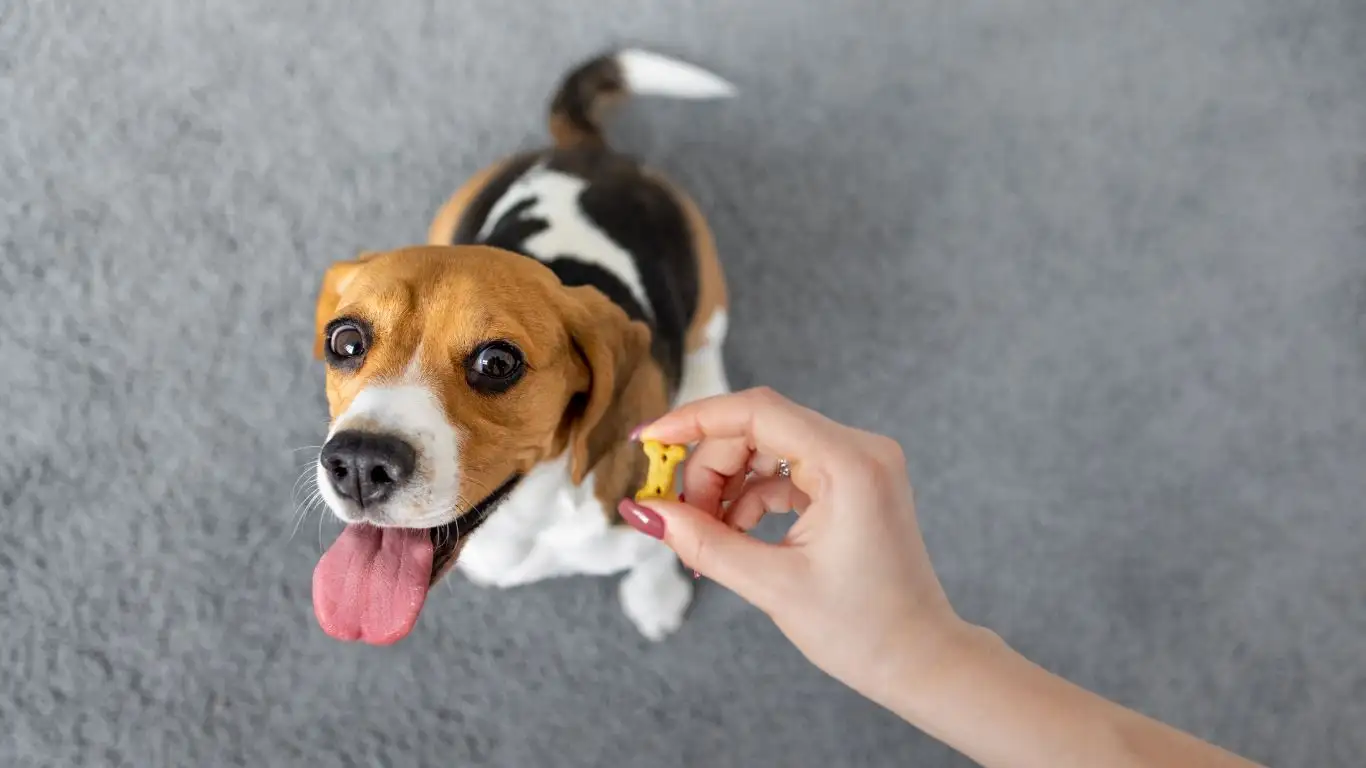
Now that we’ve covered the importance of the release command, let’s talk about how to actually train your dog to wait for it. The process might take some time, but don’t worry—patience is key. Here’s a basic outline to get you started:
- Start with the “Sit” or “Down” Command – Before introducing the release command, ensure that your dog has a solid understanding of basic commands like “sit” or “down.” These are the foundation of waiting for a release.
- Introduce the Release Command – Once your dog is in a stable position (either sitting or lying down), introduce the release word. At this stage, it’s essential to say the release word right before they move or break the position.
- Short Waits, Then Gradually Increase Duration – Initially, ask your dog to stay in position for just a few seconds. Once they understand the idea, you can slowly extend the duration before releasing them. The goal here is for them to understand that they are not allowed to move until the release command is given.
- Reward for Patience – Whenever your dog stays in place until the release command is given, reward them with a treat or praise. Positive reinforcement is crucial in encouraging the behavior you want to see.
My Personal Experience With Training the Release Command
When I first started training therapy dogs, I used to rely heavily on visual cues and hand signals. Over time, I learned that vocal commands combined with patience and consistency were much more effective. For example, I remember working with a dog named Bella, who struggled with waiting for her release command. She was always so eager to move! But after several sessions focusing on positive reinforcement and consistent practice, she really started to get the hang of it. It took time, but once she understood the concept of waiting for my release word, she became far more reliable in her behavior, which was crucial in the therapy settings where I worked.
Common Mistakes When Training a Dog to Wait for a Release Command
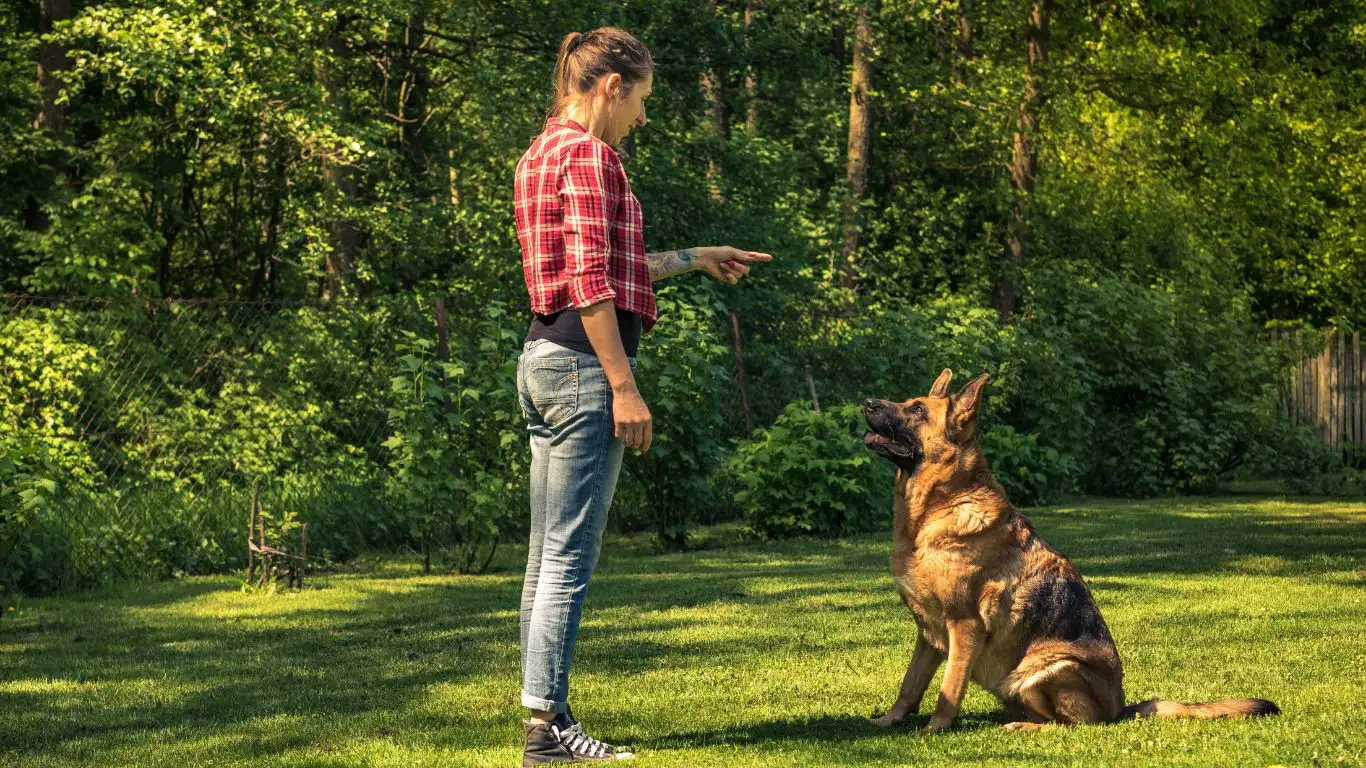
While teaching your dog to wait for a release command sounds straightforward, there are a few common mistakes I see that can slow down the process. Let’s take a look at some of these so you can avoid them:
- Inconsistent Use of the Command – If you’re using different words or not always following through with the release command, your dog will get confused. Stick to one word, and always be consistent.
- Too Much Time Between Commands – If you allow long breaks between training sessions or fail to practice consistently, your dog might forget what they’ve learned. Keep training short but frequent to reinforce the behavior.
- Overloading the Dog – Training should be fun! Don’t ask your dog to wait for too long or be too rigid in the early stages. Gradually increase the difficulty level as your dog starts to grasp the concept.
By avoiding these common pitfalls and sticking to the basics, you’ll be well on your way to having your dog confidently wait for your release command.
Building Stronger Focus for Longer Waits
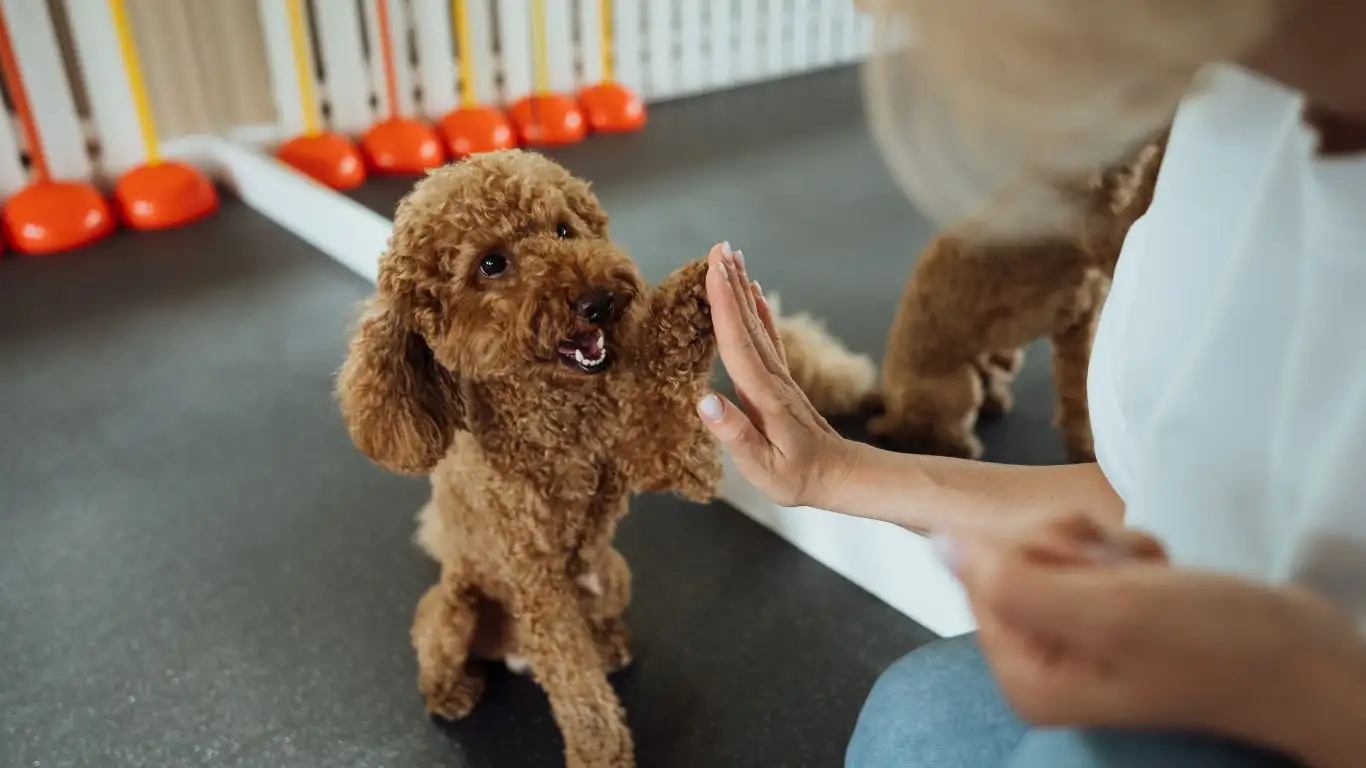
As you move forward in training your dog to wait for a release command, it’s important to start gradually increasing the duration of the waits. But here’s the thing: the longer your dog stays in place, the harder it is for them to maintain focus. That’s why the key to building strong wait durations is fostering an even stronger level of focus.
From my experience as a Canine-Assisted Therapy Trainer, I’ve seen that dogs thrive when they have a clear focus during training. Without focus, it’s just a matter of time before they break their position or get distracted. So, let’s look at how we can help your dog stay focused for longer periods.
Using Distractions to Build Focus
One of the best ways to enhance focus during waits is by introducing distractions. It might sound counterintuitive at first, but adding mild distractions while your dog is waiting reinforces the command and their ability to maintain position. Here’s how you can go about it:
- Start with Mild Distractions – Begin by introducing distractions that are easy for your dog to ignore, like moving around them or clapping your hands. The goal is to challenge their ability to stay in place while still maintaining their focus on you.
- Gradually Increase the Intensity – Once your dog is solid with mild distractions, you can start adding more challenging ones. This could include other people or pets moving around the room or tossing a ball nearby. As your dog’s focus improves, so should the intensity of the distractions.
- Use Positive Reinforcement for Success – When your dog successfully maintains their position despite distractions, reward them immediately with praise or a treat. This reinforces that staying focused is the desired behavior, even when there are things that could tempt them.
I remember working with a therapy dog named Max, who struggled with distractions. We would start simple—me walking across the room while he stayed in his sit position. Over time, we worked up to me running a vacuum cleaner in the same room. The progress Max made was incredible, and it’s something I now use as a foundation in training all my therapy dogs. It’s all about building that trust and focus, layer by layer.
Proofing the Command in Real-World Scenarios
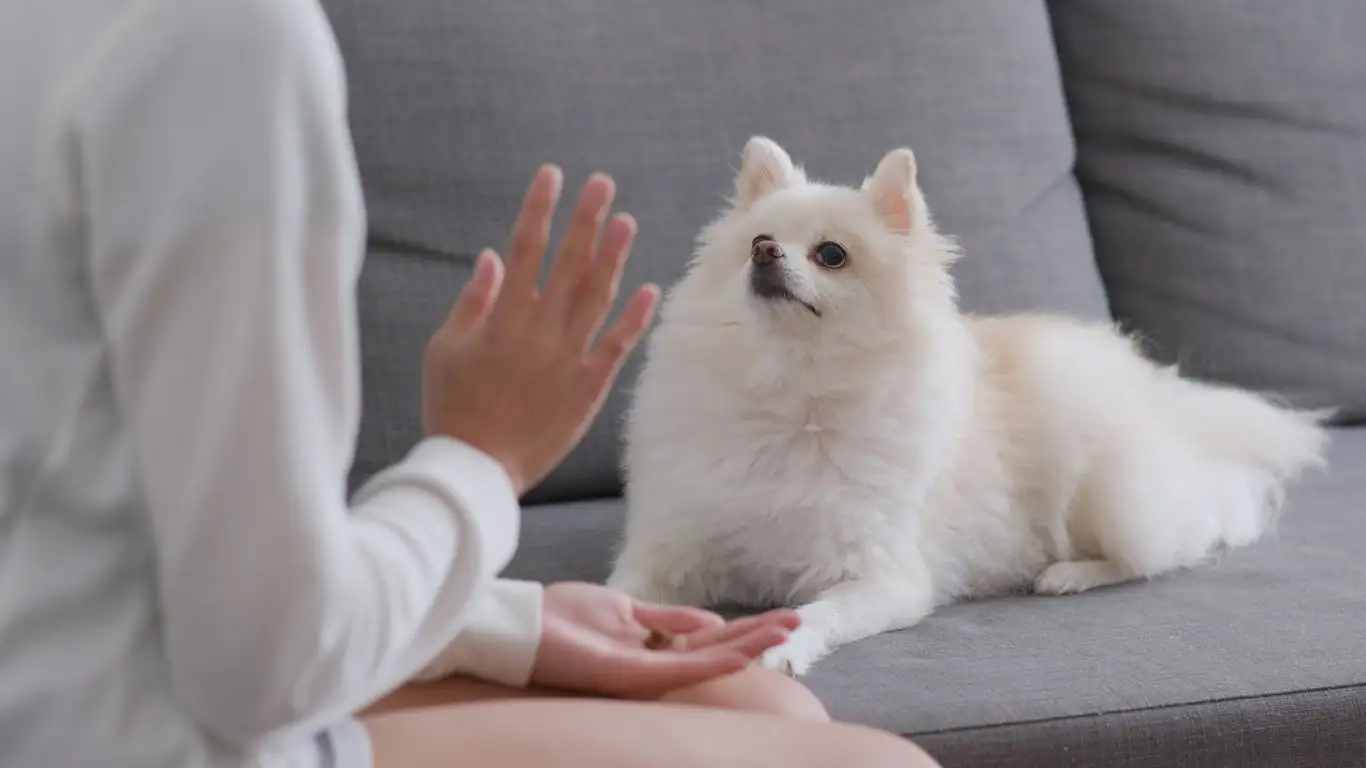
At this point, your dog has learned the basics of the release command, and you’ve worked on maintaining their focus for longer periods. But training doesn’t stop in your living room or backyard. To truly solidify the release command, you need to proof it in real-world scenarios.
Proofing is the process of taking the behavior you’ve taught your dog and testing it in various environments with different levels of distraction. The goal here is to ensure your dog is reliable, whether you’re at home or out in public.
Start Small, Then Gradually Expand
One of the best ways to proof the release command is to take small steps and gradually increase the difficulty. Here’s how you can do that:
- Practice in New Locations – Once your dog is consistent with the release command at home, start practicing in new environments. This could be your backyard, a park, or a friend’s house. Each new location will present a fresh set of distractions, so it’s important to start small and set your dog up for success.
- Vary the Duration – In these new locations, you can also vary the amount of time your dog has to wait before receiving the release command. In real-world scenarios, they might have to wait longer than they would at home, so make sure they’re comfortable with these changes.
- Increase the Distractions – The real test comes when there are significant distractions in the environment. Whether it’s other dogs, loud noises, or movement from people, you want your dog to understand that the release command still applies regardless of what’s happening around them.
When I first started proofing the release command with my therapy dogs in public places, I’d often find myself working in quieter areas before heading to busier spots. For example, I’d practice in a quiet park before moving to a busy dog park or around other people. The gradual increase of difficulty helped my dogs feel more confident and secure with the command in real-life situations. Over time, this builds their reliability, and it’s a great confidence booster for both you and your dog.
Correcting Mistakes and Keeping the Training Fun
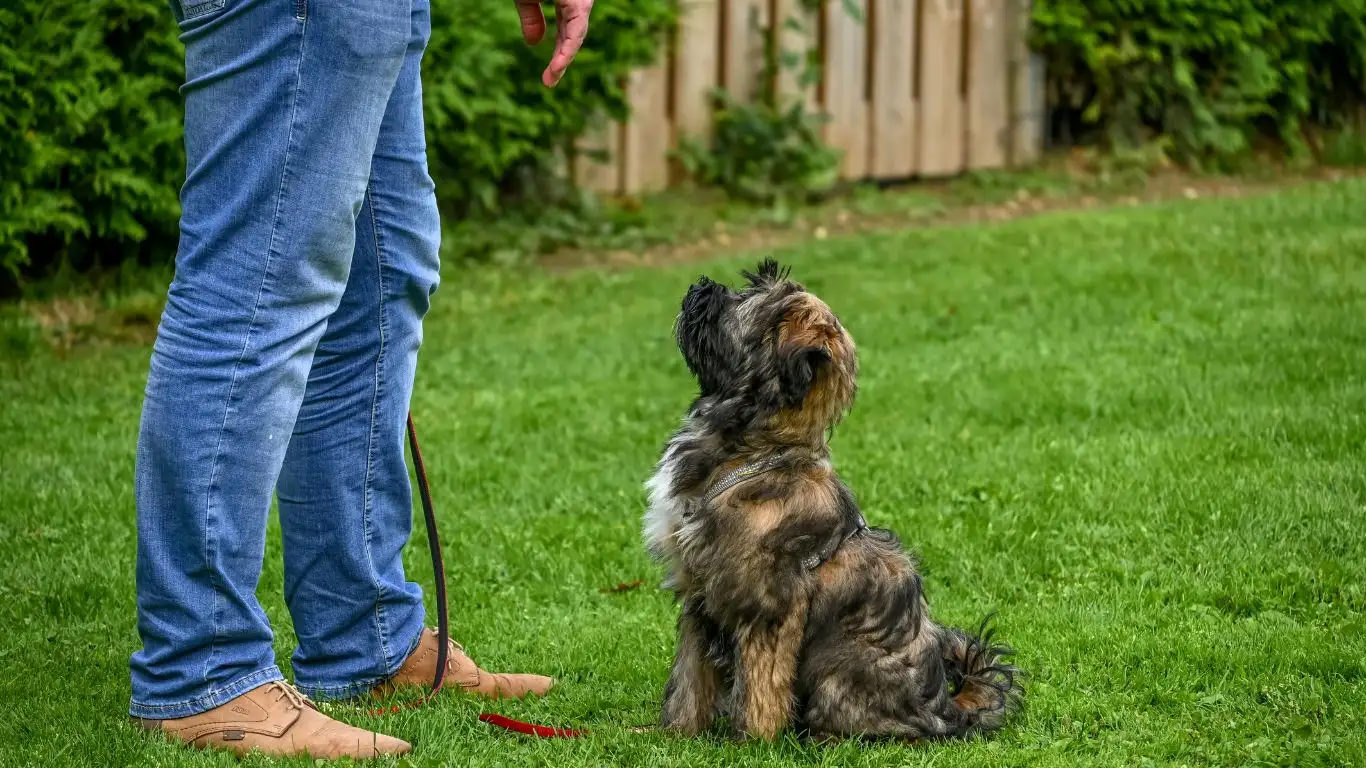
Every dog makes mistakes—don’t worry if your dog doesn’t get it right every time! Training is all about consistency, and mistakes are part of the learning process. The key is to remain calm and positive when your dog doesn’t respond as expected. Here are a few tips for correcting mistakes without frustrating either you or your dog:
- Redirect and Refocus – If your dog breaks position before being released, calmly redirect them back into position without scolding. Keep your tone light and positive. Dogs respond much better to encouragement than negative reinforcement.
- Keep Training Sessions Short and Fun – It’s easy to get frustrated when things aren’t going well, but try to keep training sessions short to prevent burnout. Just 10-15 minutes a day can make a big difference, especially when training for longer wait durations.
- Consistency is Key – Remember, the more consistent you are with your release command and your training routine, the quicker your dog will pick it up. This includes using the same cues, rewarding the same behaviors, and practicing regularly.
It’s important to maintain a balance of patience and persistence. Over the years, I’ve learned that keeping training fun and engaging is just as crucial as being consistent. Dogs enjoy the process when it’s positive and rewarding, which is why I always include lots of praise, treats, and play during my sessions.
Overcoming Plateaus and Building Long-Term Success
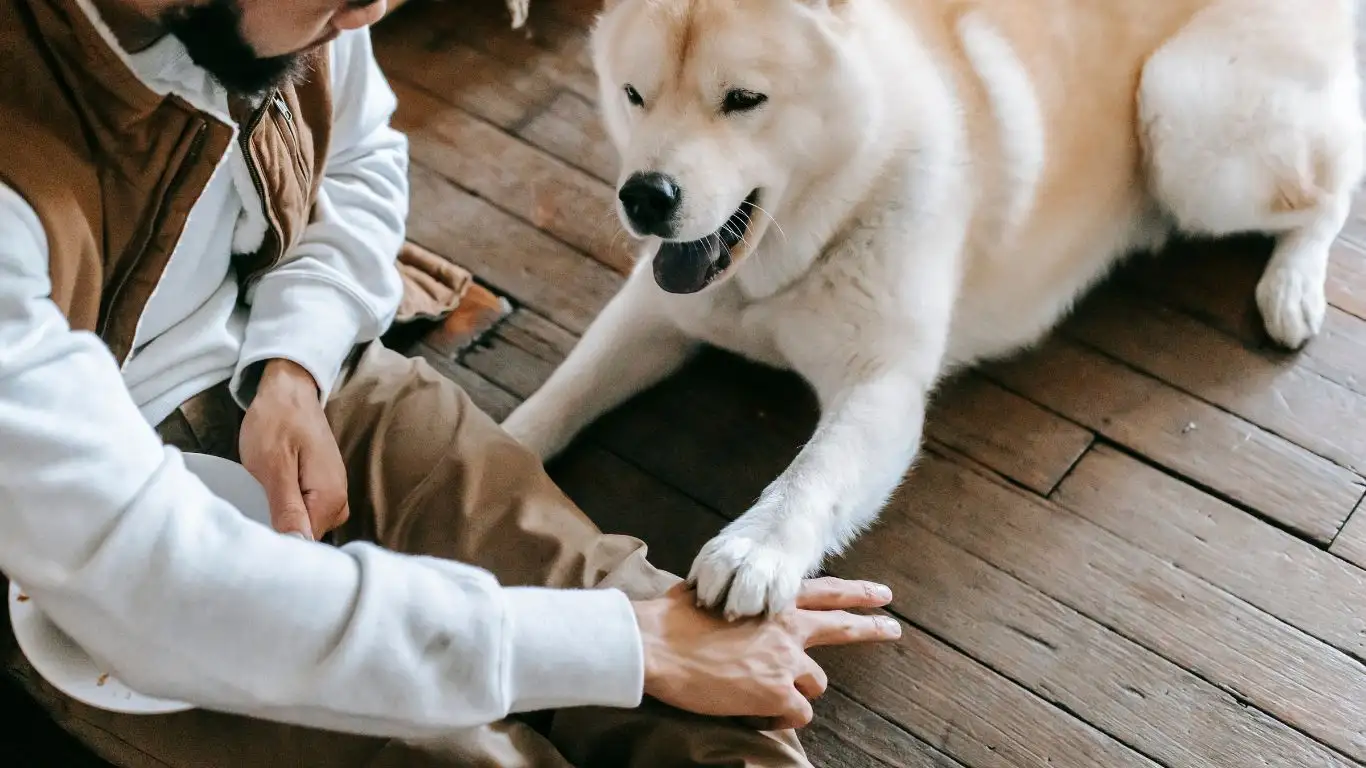
Training your dog to wait for a release command is a journey, and as with any skill, you may hit a plateau where progress feels slower. Don’t be discouraged! Plateaus are completely normal, and with a few adjustments to your training routine, you can break through and continue improving. I’ve seen this happen with countless therapy dogs, and the key to overcoming these plateaus is to change things up a bit while keeping the fundamentals intact.
In this section, I’ll share some strategies that have worked for me in overcoming plateaus and continuing to build long-term success with dogs I’ve trained. These are techniques I’ve learned over years of experience, and they’ll help you take your dog’s training to the next level.
Introduce New Challenges and Environments
Sometimes, a plateau happens because the environment has become too predictable for your dog. If you’ve been practicing in the same place with similar distractions, your dog might start to “know” what to expect, and that can cause them to tune out or lose interest. To combat this, it’s time to introduce new challenges and environments.
One of my favorite tricks is to bring training into different environments—especially places with a lot of new smells, sounds, and sights. For example, practice the release command at a busy park, or bring it to a friend’s house with their dog. This way, your dog learns to respond to the release command despite new and changing distractions. It’s a great way to stimulate their mind while reinforcing the behavior you’ve already worked so hard on.
- Change the Environment Regularly – If you’ve been training at home for a while, head to a local park, pet store, or even a quieter sidewalk. The goal is to keep your dog engaged with new environments while reinforcing the behavior.
- Practice with Different Distractions – A key part of overcoming plateaus is practicing with new, unpredictable distractions. Introduce moving objects (like bikes or joggers), varying sounds (such as sirens or music), or even other dogs.
By adding some new challenges, you’ll keep your dog’s brain engaged and your training sessions exciting and fresh.
Maintaining Consistency and Patience
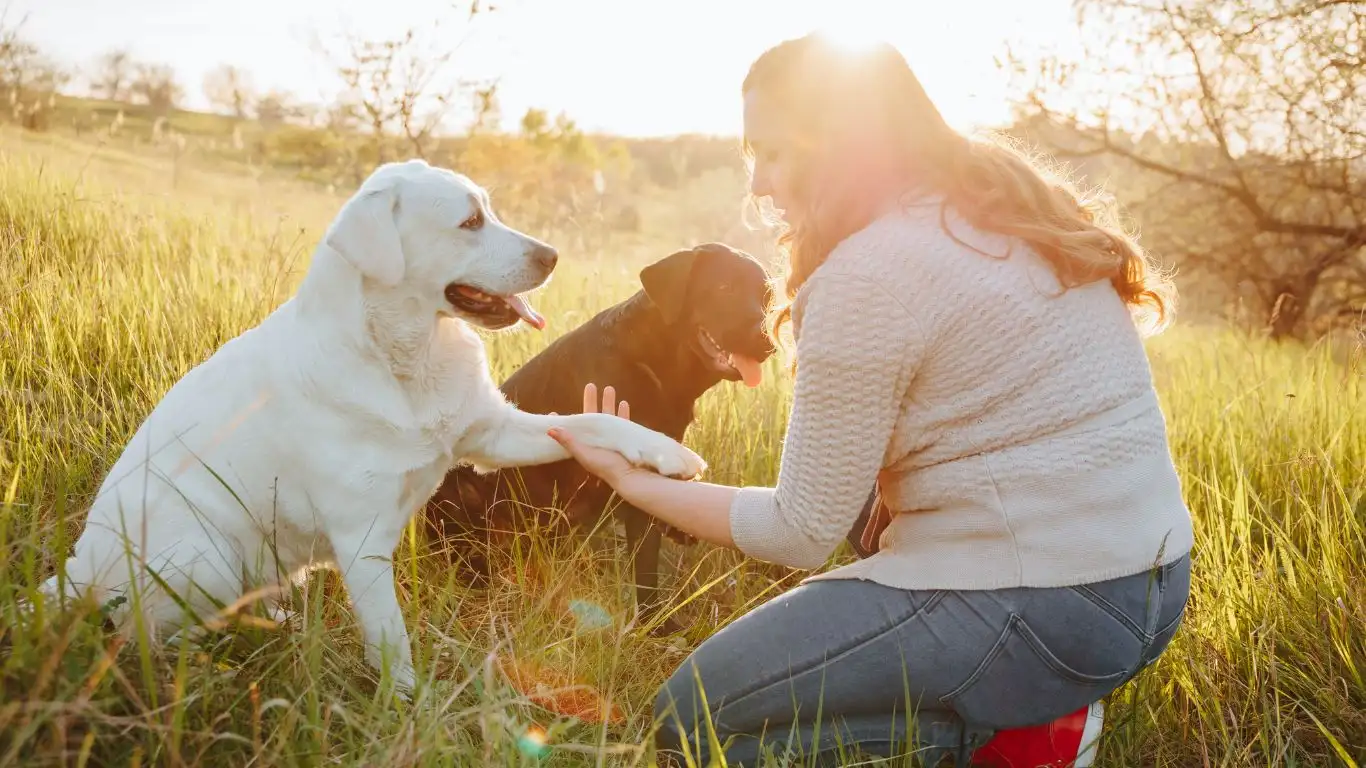
It’s easy to get frustrated if you don’t see immediate progress, but here’s the thing: consistency and patience are the foundation of any successful training journey. Dogs thrive on routine, and they need time to process and learn. In my experience, one of the biggest hurdles is the temptation to rush through the training process. But I promise, when you take it slow and remain consistent, the results will come. Sometimes, you have to trust the process and allow your dog to learn at their own pace.
How to Stay Consistent with Your Dog’s Training
Here are a few tips for maintaining consistency throughout your training journey:
- Keep Training Sessions Short and Sweet – If you’re seeing signs of your dog getting frustrated or bored, take a break. Keep training sessions under 20 minutes and be sure to end on a positive note so your dog doesn’t associate training with frustration.
- Practice Regularly – Consistency doesn’t mean every session has to be long or intense, but it does mean practicing regularly. Short, daily sessions are better than long, sporadic ones.
- Celebrate Small Wins – Celebrate the little successes along the way, even if it’s just a 2-second wait before your dog breaks position. Every small victory is progress, and recognizing that builds both you and your dog’s confidence.
One thing I always emphasize to my clients is that patience is just as much a part of the training process as consistency. When you remain calm and patient, your dog will pick up on that energy. This creates a more positive training environment where your dog feels comfortable and motivated to learn.
When to Seek Professional Help
Training your dog is an amazing journey, but there may come a time when you hit a wall and feel unsure of how to proceed. If you’ve tried different techniques and still aren’t seeing progress, or if your dog seems particularly anxious or unresponsive to training, it may be time to seek professional help.
In my experience as a Canine-Assisted Therapy Trainer, there’s absolutely no shame in reaching out to a professional dog trainer or behaviorist. Sometimes, you just need an experienced set of eyes to assess your dog’s behavior and suggest adjustments or new strategies. Every dog is different, and what works for one might not work for another. A professional trainer can provide personalized tips and techniques to address your specific situation.
Signs You Might Need Professional Help
- Your Dog Shows Anxiety or Fear During Training – If your dog is showing signs of stress or fear during training sessions, it’s important to pause and consult with a trainer. Working with a professional can help address these emotional concerns in a healthy way.
- You’re Not Seeing Progress After Consistent Training – If you’ve been following a training plan consistently and still aren’t seeing progress, a professional trainer can help identify the root cause of the issue and suggest adjustments.
- Your Dog Exhibits Aggressive or Destructive Behavior – If your dog is displaying aggressive tendencies during training, such as lunging or snapping, this is another clear sign that you should consult with a professional to avoid reinforcing negative behaviors.
There’s no need to feel discouraged. Every dog is unique, and sometimes it takes a little extra guidance to find the right approach. Don’t hesitate to reach out to an expert if you think it’s necessary.
References
To further deepen your understanding of training your dog, here are a few resources I highly recommend:
- American Kennel Club – Dog Training Tips
- PetMD – How to Train Your Dog to Wait for a Release Command
- Dog Trainers Toolbox – Training Articles and Resources
These references can provide you with additional training strategies, as well as insights into behavior modification techniques and other dog training resources. Check them out to enhance your training journey!
Disclaimer
The advice provided in this article is based on my personal experiences and professional expertise as a Canine-Assisted Therapy Trainer. While I have seen great results with the methods mentioned, every dog is different, and individual results may vary. Always approach training with patience and compassion. If you’re struggling with your dog’s behavior, consider consulting a professional trainer or behaviorist who can offer personalized guidance based on your dog’s unique needs.
